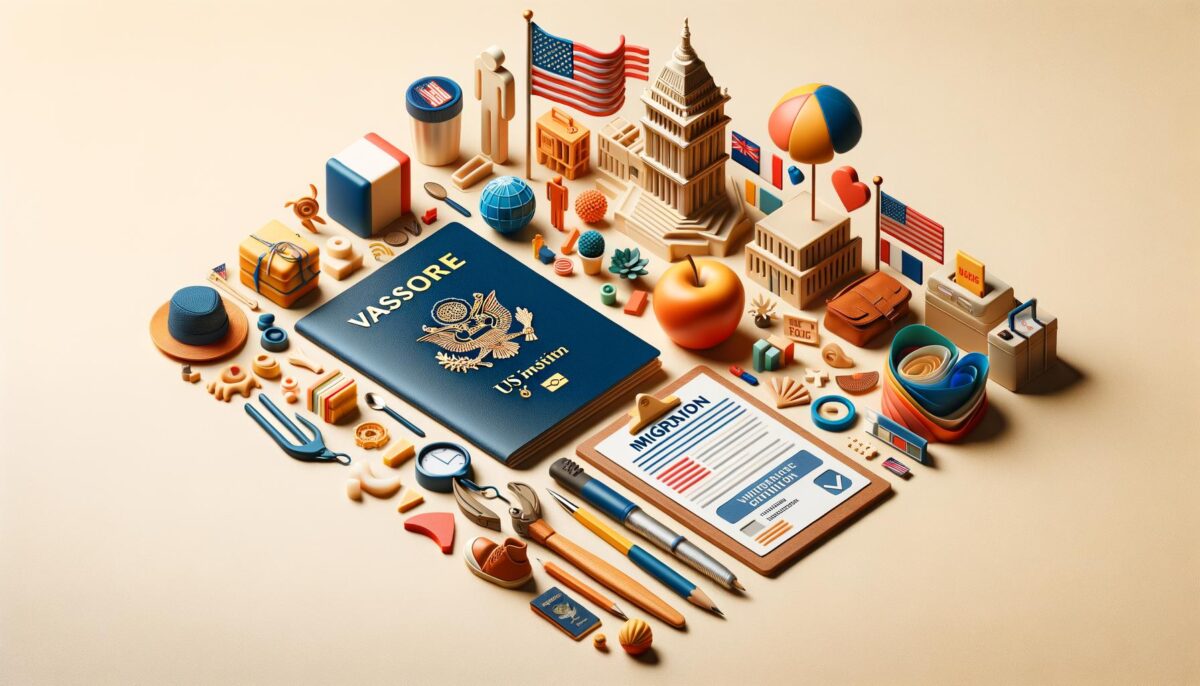Understanding the Different Types of Work Visas
The United States offers a variety of immigrant work visas catering to different employment needs and eligibility criteria. These are broadly categorized based on the type of work, skills required, and duration of stay. The most common are the H-1B visa for specialized workers, the L-1 visa for intra-company transferees, and the O-1 visa for individuals with extraordinary abilities. Each of these visas has specific requirements:
- The H-1B visa requires a job offer from a US employer and is generally for individuals in specialized fields such as IT, engineering, or healthcare.
- The L-1 visa is perfect for employees transferring from an overseas branch of a company to a US branch, often used by multinational companies.
- The O-1 visa caters to those with exceptional talents in fields such as the arts, sciences, education, or athletics.
It’s crucial to research and select the appropriate visa type to ensure a smooth application process.
Eligibility Criteria and Application Process
Securing a work visa requires meeting strict eligibility criteria and navigating a detailed application process. Eligibility often hinges on educational qualifications, job offer specifics, and professional expertise. The process typically involves:
- Submission of a petition by the prospective employer through the US Citizenship and Immigration Services (USCIS).
- Evidence of education and previous work experience, especially for visas like the H-1B.
- Visa stamping at a US consulate after USCIS petition approval.
The timeframe for processing can vary significantly based on the visa type and applicant’s nationality, so thorough planning is advised.
Challenges Faced During the Process
Applying for a US work visa comes with its own set of challenges, such as stringent quotas, competitive demand, and extensive documentation. The H-1B visa, for instance, has an annual cap which often results in a lottery system due to high demand. Other common hurdles include:
- Navigating the complexities of visa extensions and renewals.
- Dealing with potential delays in visa processing and approval.
- Understanding the implications of visa status on family members.
Applicants often benefit from consulting with immigration attorneys or experts to mitigate these obstacles.
Balancing Family Considerations
Work visas often extend to immediate family members, allowing them to accompany the visa holder to the US. However, each family member needs to adhere to specific visa categories that align with the primary holder’s status:
- Dependents of H-1B visa holders, for instance, may apply for the H-4 visa, which allows living in the US but comes with restrictions on employment.
- L-1 visa holders’ dependents are eligible for the L-2 visa, which, in some cases, permits spouses to work in the US.
- Education opportunities for children also hinge on dependent visa types, impacting choices for schooling.
Weighing these family-related factors is crucial for a harmonious relocation experience.
The Future of Immigrant Work Visas in the US
The landscape of US immigrant work visas is subject to change based on legislative reforms and economic requirements. With ongoing discussions about immigration policies in the US, potential applicants must stay informed about:
- Changes in visa quotas and eligibility criteria that may affect application strategies.
- The introduction of new visa categories or modifications to existing ones to reflect labor market needs.
- Policy shifts that prioritize or deprioritize certain sectors, impacting visa issuance patterns.
Being proactive and up-to-date with policy developments can provide a competitive edge in obtaining a work visa.
Conclusion
For those dreaming of a career in the United States, understanding the intricacies of the immigrant work visa process is essential. While challenges exist, with careful planning and awareness of the latest regulations, applicants can successfully navigate and thrive in the US job market.
